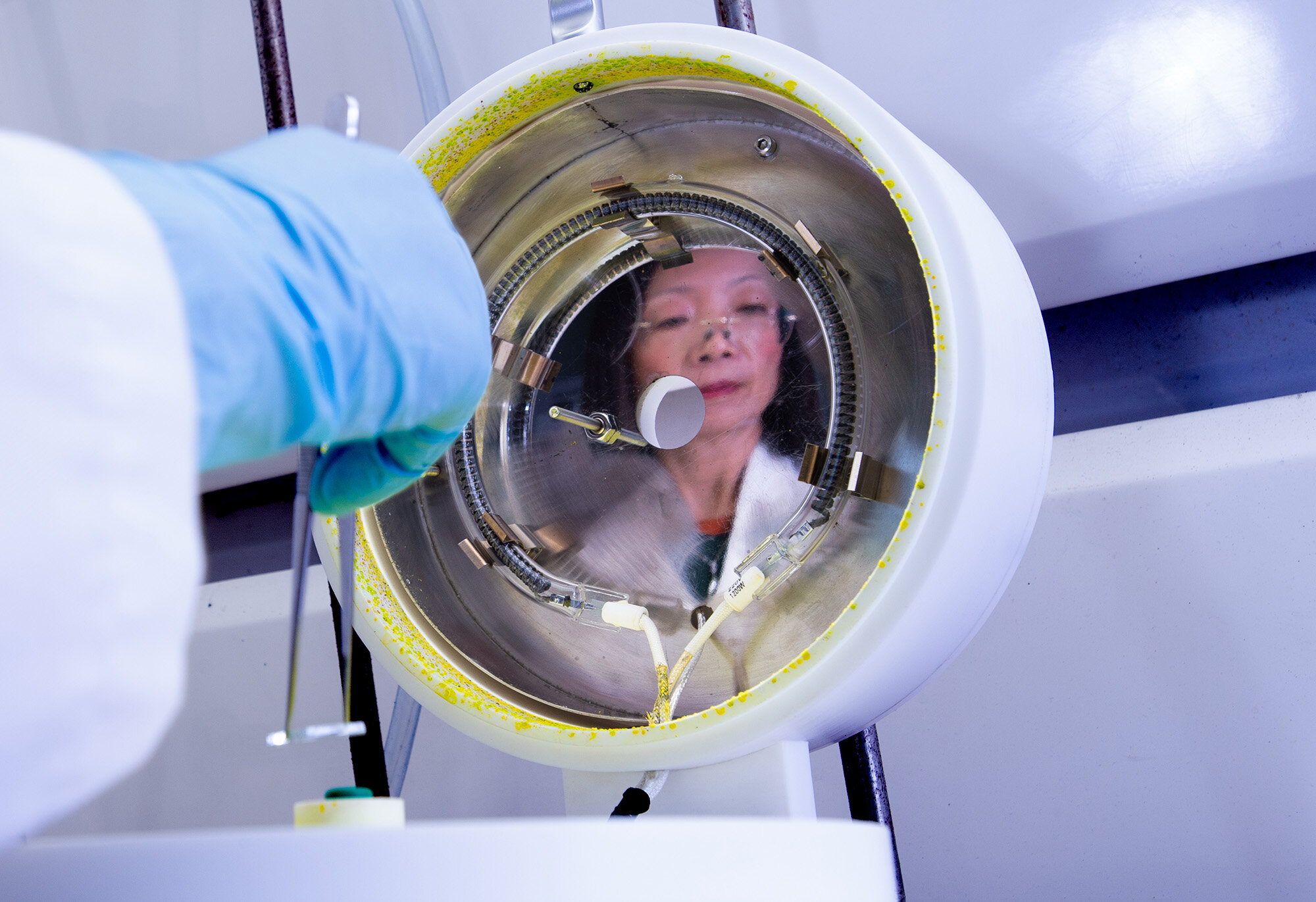Carbon dots from human hair boost solar cells
Date: 12.4.2021
QUT researchers have used carbon dots, created from human hair waste sourced from a Brisbane barbershop, to create a kind of "armor" to improve the performance of cutting-edge solar technology.
 Perovskites solar cells, a relatively new photovoltaic technology, are seen as the best PV candidate to deliver low-cost, highly efficient solar electricity in coming years. They have proven to be as effective in power conversion efficiency as the current commercially available monocrystalline silicon solar cells, but the hurdles for researchers in this area is to make the technology cheaper and more stable.
Perovskites solar cells, a relatively new photovoltaic technology, are seen as the best PV candidate to deliver low-cost, highly efficient solar electricity in coming years. They have proven to be as effective in power conversion efficiency as the current commercially available monocrystalline silicon solar cells, but the hurdles for researchers in this area is to make the technology cheaper and more stable.
After adding a solution of carbon dots into the process of making the perovskites, Professor Wang's team found the carbon dots forming a wave-like perovskite layer where the perovskite crystals are surrounded by the carbon dots.
"It creates a kind of protective layer, a kind of armor," Professor Hongxia Wang said. "It protects the perovskite material from moisture or other environmental factors, which can cause damage to the materials."
The study found that perovskite solar cells covered with the carbon dots had a higher power conversion efficiency and a greater stability than perovskite cells without the carbon dots.























